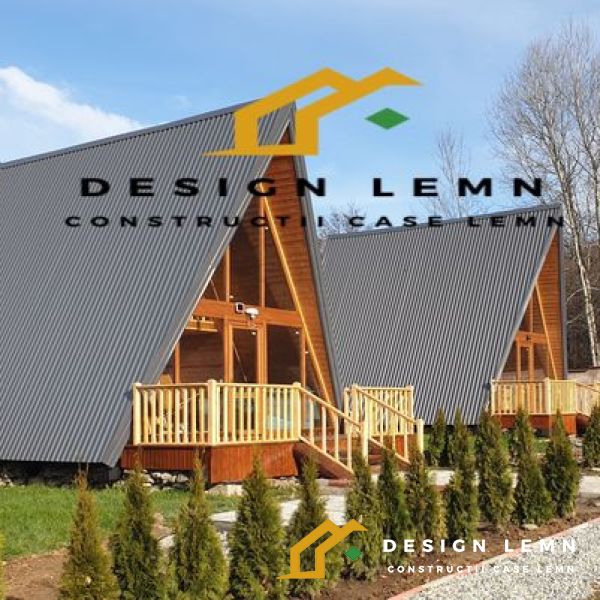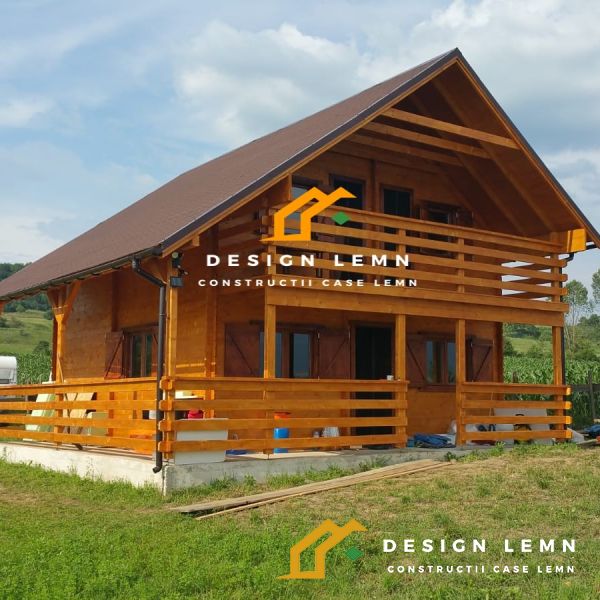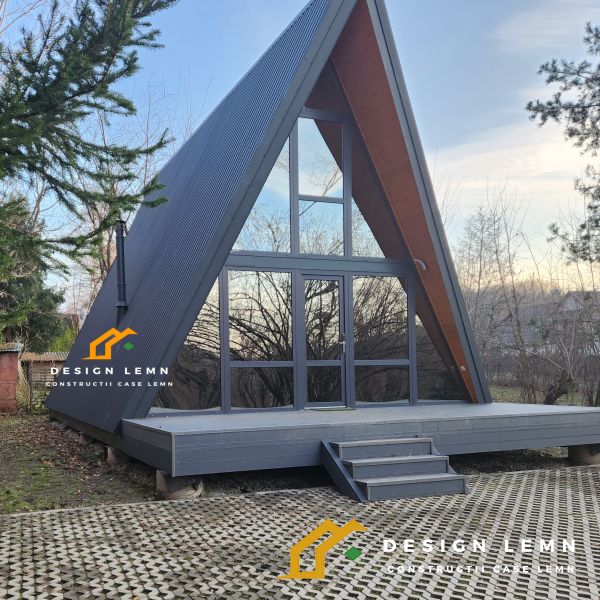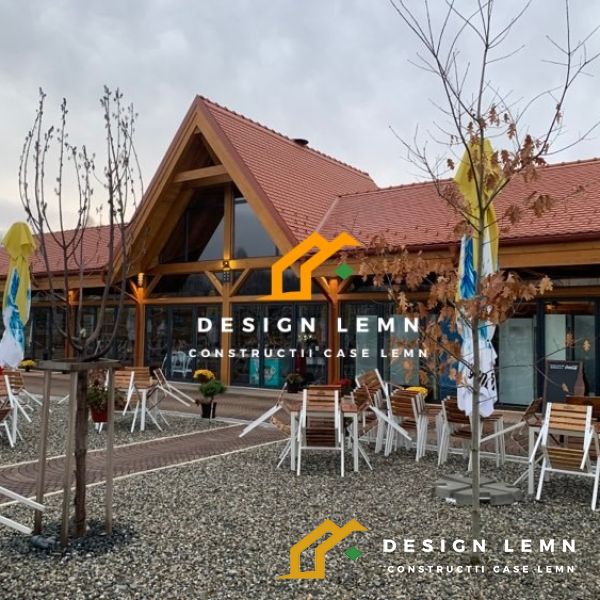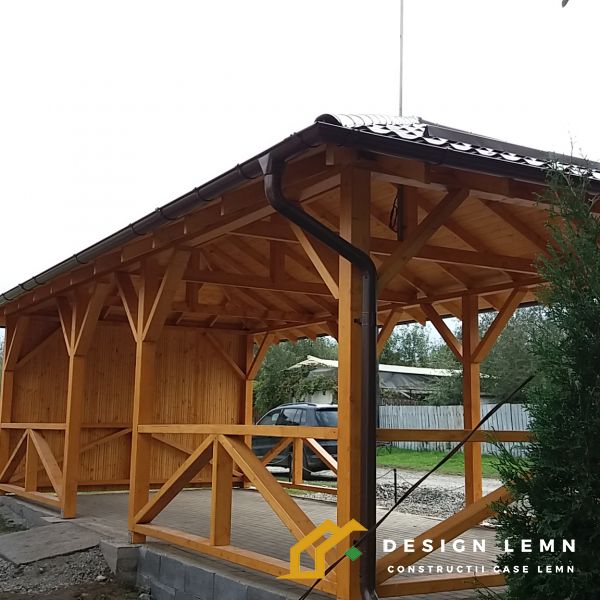
When we decide to build a house, we want to know more about the materials used and about how the house will be built, especially that we plan to live there a long period of time. The same desire applies also in the case of vacation houses, gazebos, terraces or even furniture. Most likely you also want to find out more about these aspects.
The main material is the fir solid wood. Why fir wood? The fir is a light wood, has a lower hardness and density, which makes it easier to be processed and more flexible. Dry wood is not a conductor of electricity, which makes it a good electrical insulator. Also, the wood, as it has a reduced thermal conductivity, is the best thermal and sound natural insulating material. From an aesthetic point of view, the wood can undergo a staining process or can be left with its natural color thus having a natural look.
What does staining means? How do we treat the wood? At what interval should we repeat the treatment? The staining is the process by which we change the appearance of wood but we also protect it. As an assortment of stain, we will mention the classical ones – water-based coloring solutions – and the waxed ones. The classical stains are based on water-soluble resins, are environmentally friendly and non-volatile products, which is preferably to be used to cover the interior surfaces.
They are found in a variety of colors, from natural ones to red and green. Waxed stains, also environmentally friendly products, are based on synthetic wax in aqueous dispersion and dyes. The wax from the composition provides to the surfaces so treated protection and brightness; additionally, the wood will remain with open pores, being able to breathe and offering a warmth sensation. How else can we treat wood to provide it protection and long life?
Apart from staining, is very important the fireproof, antifungal, fungicides and waterproofing treatment of wood. As materials we can mention the primer – this is used for closing the wood’s pores and for the protection against insects, mold and fire; then the polish – this product prevents water from entering and in the same time allows the wood to breathe, offering protection also against UV rays. As far as the polishes are concerned, they must be applied again at an interval between 3 and 10 years. As far as other treatments are concerned the wood has to be inspected once a year.
What type of covering do we use? Depending on requests we can choose the metal tiles, ceramic tiles or bituminous roof tiles. The metal roof tiles have the advantage of resistance over time, with a lifetime of up to 50 – 60 years, resisting to rain, wind, snow, mold; it has a light weight; the grip system of the metal tiles by overlapping and self-tapping screws ensure sealing; and last but not least, provides aesthetic value to the construction, highlighting it. The ceramic tiles have the longest lifetime – up to 80 – 100 year, they are thermoresistant; they don’t discolor – being resistant to acids; they ventilate – having the lowest degree of condensation under the cover, so the wooden structure will not deteriorate. The bituminous roof tiles have a durability and a lifetime of up to two generations; they are perfectly sealed and have a high mechanical resistance – dealing with extreme weather phenomena; they ventilate – having a slow degree of condensation under the cover; they are recyclable.
 Română
Română English
English